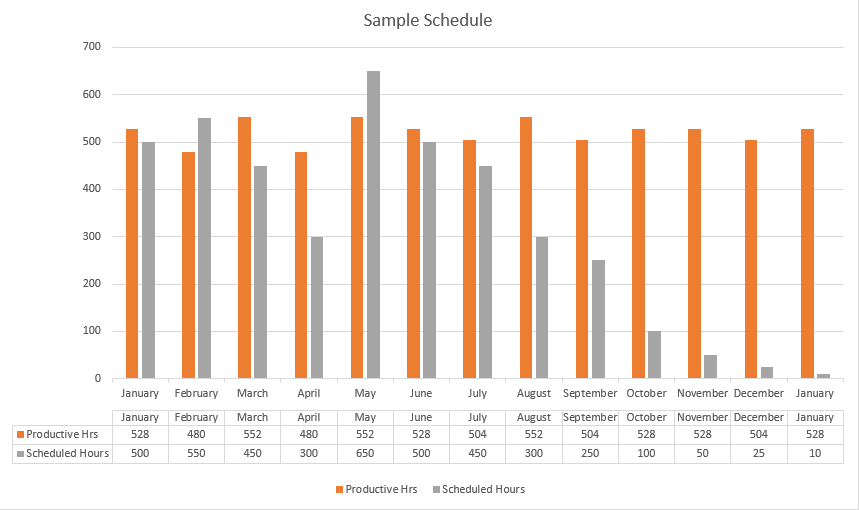Know Your Capacity
Welcome to Part 3 of our six-part series on managing a millwork design team. In our previous two blog posts in the series "A Simple Blueprint to Manage a Successful Millwork Design Team," we covered the first two steps, defining your inputs and documenting the process. In this post, we will discuss the third step, which is knowing your team's capacity. Managing a millwork design team can be a challenging task. As a manager, you need to ensure that your team delivers high-quality work consistently, meets deadlines, and stays within the budget.
Step 3: Know Your Capacity
Knowing your team's capacity is the foundation for effective capacity planning. It means understanding how many team members you have and how many hours they work. Many companies struggle with this, and while there are software tools available to help, the issue is often the lack of understanding of what capacity planning means in the context of millwork design. In other words, it's not just about how many people you have on your team or how many hours they work; it's about their ability to complete the work efficiently and effectively. More specifically, it means understanding your team's ability to complete the work that needs to be done.
To get more granular, you need to factor in an efficiency factor. Although your team may work eight-hour days, you should plan for six hours of capacity as a starting point estimate. You should plan for unplanned events such as lunch breaks, bathroom breaks, and interruptions that are not planned, as these will affect your team's efficiency.
Now, you should be able to quantify your team’s capacity in terms of hours per day, per week, per month, and even per year. You can even factor in vacation time and reduce your capacity in the future when team members have time off scheduled. Your capacity now can be quantified, and furthermore graphed and visualized to make the next step much easier.
You can now visualize your capacity in hours.
Once you understand your team's capacity, the next step is to fill that capacity as effectively as possible without overcommitting those resources. A good drafter or engineer should focus on one task at a time, and it's your job as a manager to create the space and process for them to do so. You should set daily goals for your team and show them that they can achieve these goals successfully. Once you can do this one day at a time, you can stretch these goals further out to the end of the week or even longer.
It's important to have a decision tree for anything new that comes on the list. Anything new must go to the end of the line or push the other things back if it gets inserted in front of them. Like a queue or a line, if you jump the queue, you push everybody back a spot.
In our next installment in the series, we will be covering Estimating Your Demand, which involves the other half of the capacity planning equation. Combined with Knowing Your Capacity, we will be well on our way to successfully being ready to schedule our resources and successfully managing our millwork design team.
In conclusion, managing a successful millwork design team requires careful planning and attention to detail. Knowing your team's capacity is an essential step in effective capacity planning, which involves understanding how many team members you have and how much time they have available. By creating a space and process for your team to focus on one task at a time and setting daily goals for them, you can ensure that they achieve their goals successfully. It's important to have a decision tree for anything new that comes on the list and factor in an efficiency factor to account for unplanned events. By following these steps, you can manage a successful millwork design team that delivers high-quality work consistently.
Feeling lost in the world of millwork drafting and Microvellum shop drawings?
Don't worry, we've got your back!
Our services don't just stop at drafting and drawings, we also offer guidance and process improvement to help you streamline your workflow like a pro.
Let's turn your confusion into clarity and your chaos into beautiful custom designs!

